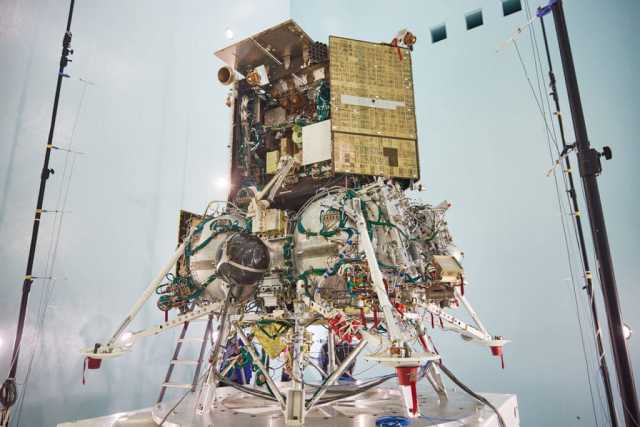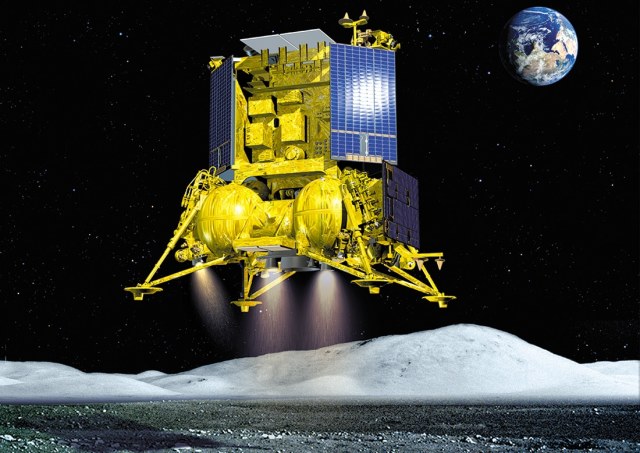The spacecraft for the Luna-25 mission will be launched from the Vostochny cosmodrome in the Amur Region in August this year.
The long—awaited launch of the first mission to the Moon in the history of modern Russia - Luna—25 - on a Soyuz-2.1b rocket is now scheduled for August 22, Alexander Mitkin, Deputy General Designer for Electrical Systems of the Lavochkin Scientific and Production Association, said at a press conference.
"On the eighteenth of July we leave for the Vostochny cosmodrome, on August 22 we will fly to the moon," he said. The purpose of the mission is to work out the soft landing technology at the South Pole and conduct research.
The device weighs 1,750 kilograms and has nine devices. The launch has been postponed several times: previously, they wanted to hold it in May or July of this year. In the first half of March, autonomous tests of the control system of technological sensors and complex tests with two mock-ups of Luna-25 were completed at the cosmodrome in the Amur region. The assembly of the automatic station itself was completed in December.

Mock-up of the Luna-25 automatic interplanetary station at the Vostochny Cosmodrome
Image source: Roscosmos
"The device has been assembled, additional testing is being carried out. We just choose the most convenient ballistic routes. <...> We will approach this launch calmly. It [the launch] is very important for us, because for the first time in 46 years we are entering lunar orbit, and then landing at the South Pole of the Moon, which is important for our scientists — they are sure there is water ice there. Water ice is water, it is oxygen, it is fuel, it is, in fact, all the necessary and sufficient conditions to ensure the creation of a long—term scientific base, including, possibly, habitable. Therefore, the first device will be sent there and it is he who must confirm the correctly selected point," Dmitry Rogozin, CEO of Roscosmos, said earlier.

The spacecraft for the Luna-25 mission has been assembled and is being prepared for launch from the Vostochny cosmodrome
Image source: Roscosmos
Whether it will be possible to hold the launch on the appointed day and whether it will be successful — we will find out very soon. The launch window is open until October. The journey to the Earth's satellite will take about five days.
After that, Russia plans to carry out missions "Luna-26" (according to preliminary data, in 2024), "Luna-27" (in 2025) and "Luna-28" (in 2027-2028) - for mapping, soil sampling and testing of astronauts landing on it, respectively.
The last time a domestic automatic interplanetary station was launched to the Moon using the Proton-K/D rocket of the planet on August 9, 1976 — it was the Soviet Luna-24 (hence the continuation of the line of names for the stations). At the end of the same month, the spacecraft returned to Earth and brought with it almost 200 grams of lunar soil, part of which the Soviet Union shared with NASA.

